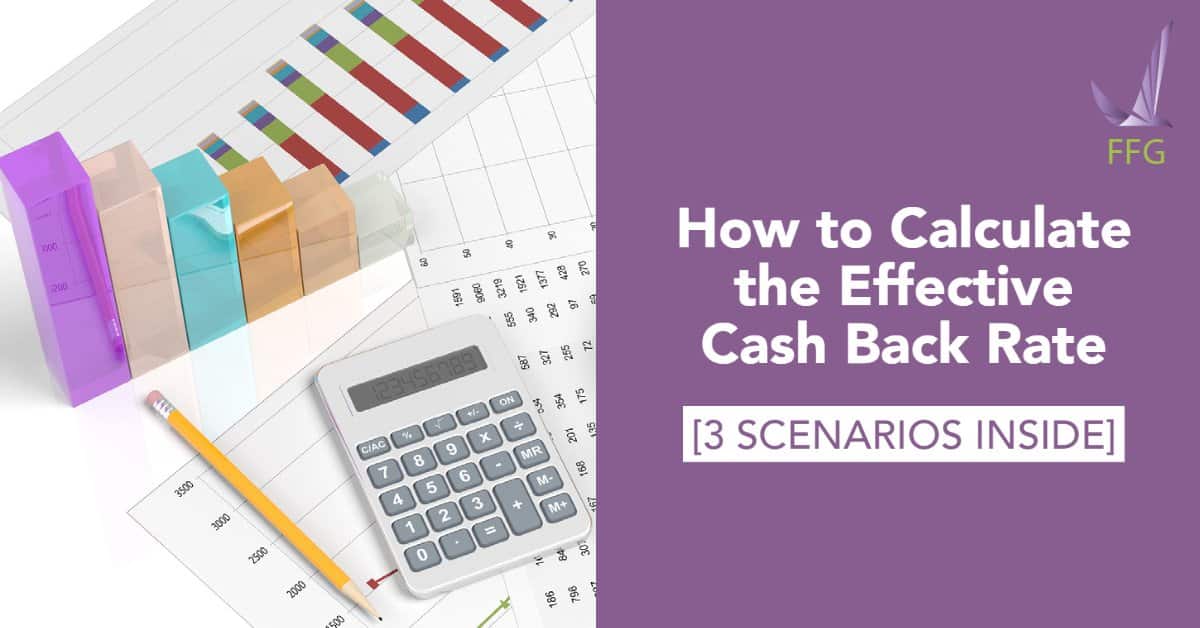Choosing a Travel Rewards Credit Card: Things To Consider

When choosing a travel rewards credit card, you’re making a financial decision which has long-term effects on your credit. The hard inquiry on your credit will cause a drop in your credit score. This will take months of good behavior to correct. A travel rewards credit card will also affect your immediate future. You’ll be more motivated to adopt spending habits that will maximize any benefits you can receive. If mismanaged, that credit card with the fantastic benefits will become burdensome and expensive debt. Fortunately, choosing the right card will help you protect yourself and get sweet perks at the same time.
Table of Contents
- Steps To Follow While Choosing a Travel Rewards Credit Card
- Step 1. Consider Your Credit Score
- Step 2. Choose the Best Travel Reward Program
- Step 3. Study the Rewards Program and Redemption Opportunities
- Step 4. Pay Attention To Sign-Up Bonuses
- Step 5. Consider Credit Card Fees
- Step 6. Look For the Perks and Protections You Need
- Step 7. Take International Travel Into Account
- Other Factors To Consider
- Stay In Control Of Your Financial Life
- Further Reading
Steps To Follow While Choosing a Travel Rewards Credit Card
Unfortunately, most people consider little else than the potential benefits when selecting a travel rewards credit card. They may be lured by the exclusivity of the benefits or the popularity of the perks. Most people are already mentally spending the points they have yet to earn. By the time reality catches up to them, they’re already deep in debt.
When you’re considering a travel rewards credit card, we want you to look at the card on the whole. Make sure the perks fit your travel habits. You will also want to review the following factors.
Step 1. Consider Your Credit Score
There is a reason that travel rewards cards have some of the best benefits: they are rewards for customers with the best credit scores. If your credit score is 690 or higher, your odds of successfully applying for a travel credit card are strong. It improves if you have made less than 5 applications for new credit cards within the past two years. If, on the other hand, your credit isn’t solid, you may want to try another card. You may also want to use some time to build up your credit score.
Step 2. Choose the Best Travel Reward Program
You can either have a general or co-branded travel rewards credit card. General rewards cards are issued by a credit card company. You earn rewards (like miles) on each purchase you make. Your airlines and hotel choices are not limited to specific brands. Co-branded cards narrow your travel choice to a particular hotel, car rental, and airline brand, and its affiliates. You receive travel rewards for that brand only. If the bulk of your travel is with one brand, then a co-branded travel rewards card may be the way to go. If you’re loyal to multiple brands, or your preferences are guided by factors like price, select a general credit card.
Step 3. Study the Rewards Program and Redemption Opportunities
The rewards program is the reason you’re getting the card. You’ll want to know how miles are earned and applied to your account. This is key, especially if you’re counting on bonus miles to fund your next trip. Next, you’ll want to ensure you can redeem the points as easily as possible. How is each mile converted for use? Some programs require you to meet a threshold before you can redeem miles. Others apply a multiplier factor to convert from geographical miles to redemption miles. All the rewards program conditions will be covered in the credit card agreement, and you should review them before applying.
Step 4. Pay Attention To Sign-Up Bonuses
The best sign-up bonuses are usually reserved for travel rewards cards, but credit card companies don’t just give them away. You often must meet a large minimum threshold within the first three months to earn the bonus. The amount of the bonus may be worth a domestic round-trip flight. Should you be able to pay off the threshold in the introductory period comfortably, the bonus is worth it. If you do not think you can manage meeting the minimum threshold, consider applying for a different card. If you haven’t done so already, consider signing up for the airline or hotel loyalty program. You may be able to maximize your bonus miles further this way.
Step 5. Consider Credit Card Fees
Credit card fees are one of the ways that travel rewards credit cards pay for the perks you use. The annual fees are the highest in the industry. There are late fees, cash advance fees, balance transfer fees, and other fees and penalties. The best way to avoid them is to read your credit card agreement and adjust your financial behavior accordingly.
Step 6. Look For the Perks and Protections You Need
Your travel rewards credit card should have the perks and protections that work best for you. If you mainly travel domestically, a card that offers international benefits like no foreign transaction fees is not as useful. Popular insurance coverages include travel delay, lost luggage, and travel accident insurance. Your travel rewards card may offer premium perks like concierge services, free checked bags, priority boarding, and upgrades.
Step 7. Take International Travel Into Account
There are a few things you should remember if you’re planning to use your travel rewards card for international travel. Not every card is as widely accepted overseas as it is in the U.S. It depends on the card network. Visa and Mastercard are generally accepted more readily than American Express and Discover. Also, note that your purchases may be subjected to foreign transaction fees (about 3% of your purchase).
Other Factors To Consider
There are a few more factors to consider that should guide you in choosing a travel rewards credit card.
Don’t give into overspending to chase rewards
The benefits and bonuses look so tempting that it’s easy to convince yourself to spend a little more to earn more perks. The problem is that thought process can escalate. First, you convince yourself to spend an extra hundred dollars, and then a little more, and even more still. Before you realize it, you’ve got a huge credit card balance to pay off. You’ve spent much more than you’ve planned that month. What’s worse, this behavior can begin a vicious cycle. You pay off your card, but you have no money left over. So, you charge all next month’s purchases on the credit card, giving you a high balance. When you pay that balance off, you have no money again, repeating the cycle. If you pay part of the balance, you’ll owe interest on the remaining balance plus any new balances you generate. Paying interest and other penalties reduce the effect of any benefits or bonuses that you earn. Instead of chasing higher rewards (and being saddled with higher balances), spend what you can responsibly manage.
Don’t open too many credit card accounts
One of the factors that affect your credit score is the number of new accounts that you’re opening. Apply for one account, and it’s not a big deal. When you apply for many accounts at the same time, you make lenders nervous. Lenders become concerned that you are hurting for credit, and they worry that you will not be able to afford your payments. Plus, each hard inquiry dings your credit score a little more than the last one. If you’re not sure of which card you should actively use, check out our guide here.
Don’t forget to maintain your good habits
Regardless of what card you have, there are always a few basic principles that still work. You should always keep your balances low. This will make it easier to pay off your debt on time each month. Keep these points on repeat and your credit card will always be easy to manage.
Stay In Control Of Your Financial Life
Choosing a travel rewards credit card is not something to take lightly. There are significant benefits that can come from the card you select. How to pick a travel rewards credit card requires analysis of one’s finances and one’s spending habits. You will need to think about how the travel rewards card and program fit into your life. It may be better for you to take a credit card with fewer rewards if it means better control of your finances.
Further Reading
If you’re looking to maximize your rewards life, read this article about the best mobile travel apps. Follow up with this article, discussing how to fly business class for less.





